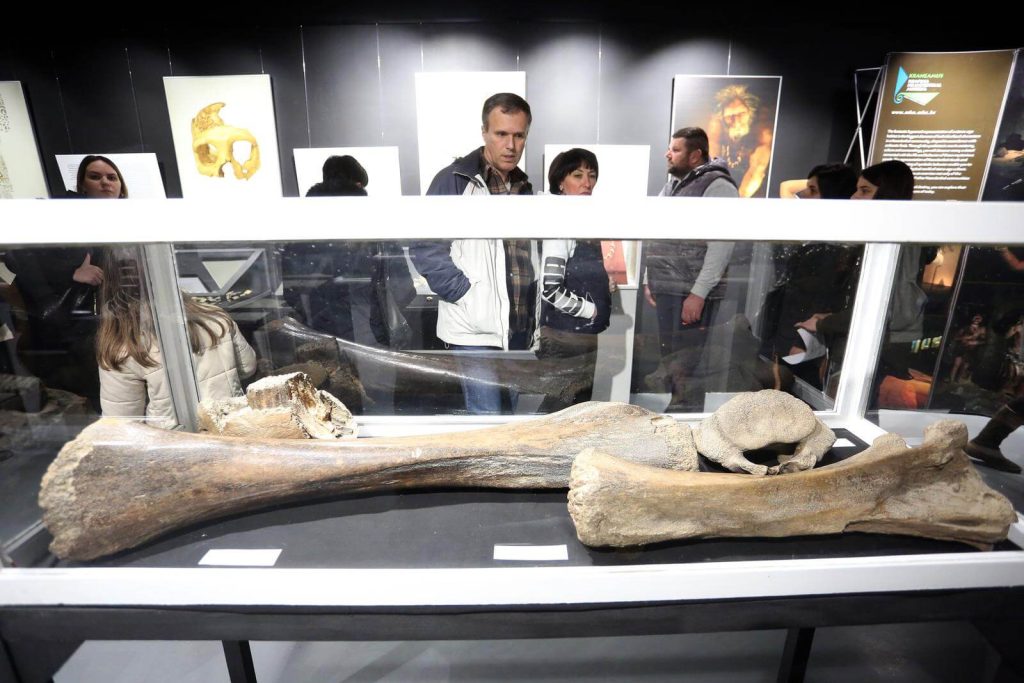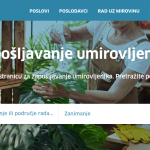As part of the 14th International Cultural Tourism Conference in Europe, organized by the European Cultural Tourism Network (ECTN), an award ceremony for the best European destinations for sustainable cultural tourism was held in Athens on October 21, 2021, reports HRTurizam.
The awards have been presented since 2014 to create a platform to exchange experiences and knowledge and promote networking among destinations. The competition is open to all tourist destinations across Europe, and this year’s theme was related to the regeneration of European tourism through culture, heritage, and creativity. Therefore, the competition was open to tourist destinations across Europe to showcase their results in sustainable cultural tourism in seven categories.
Among the winners in all categories were representatives of various culturally valuable projects from all over Europe; The Netherlands, Italy, Romania, Germany, Slovenia, Portugal, Spain, Greece, Slovakia, Latvia, and Croatia, with four representatives as best practices of sustainable cultural tourism.
In the Archaeological Sites and Museums as Cultural Tourism Attractions category, 1st place was won by the Krapina Neanderthals Museum and the Hušnjakovo site. The 2nd place in the same category was won by the Lošinj camp Nerezinac project.
The awards were given in five other categories, among which Walking Tourism and Slow Travel – Synergies with Cultural Tourism should be highlighted. The first place went to Rab Archeological races – open-air museum, a project nominated by the Lopar Cultural Center. In the Cultural and Creative Industries category, 3rd place was won by the Chocolate Museum in Zagreb.
“I am extremely honored that the Nerezinac camp is recognized as one of the best examples of sustainable cultural tourism, and I would like to thank everyone who participated in renovating and constructing the interpretation center of the maritime heritage of the island of Lošinj. This year, Croatia has distinguished itself as a leader in cultural tourism with four award-winning projects, and this is further proof that through culture and heritage creatively and innovatively can develop year-round sustainable tourism,” said Dalibor Cvitkovic, director of the Mali Lošinj Tourist Board, who accepted the award in Athens together with the author of the project, Ferdinand Zorović.
Nerezinac is a valuable example of traditional shipbuilding. Since 2010 it has been included in the list of protected cultural assets of the Ministry of Culture of the Republic of Croatia. It was restored with the cooperation of many experts from various institutions to local masters, following the example of the Lošinj camps from the end of the 19th century.
Three of the winning projects from Germany and Romania were submitted by members of the ETC, the German National Tourist Board, and the Romanian Ministry of Economy, Entrepreneurship, and Tourism.
The German National Tourist Board launched a digital social media campaign called Feel Good to promote Germany with reliable and diverse sustainable tourism products. The campaign has direct synergy with cultural tourism due to topics such as local tradition and regional products (arts, exhibitions, handicrafts, regional food, urban gardening, organic restaurants) and the involvement of the local population. Also, visitors were inspired by the use of public transport and various slow travel options such as hiking and biking.
The marketing campaign #WanderlustGermany of the German National Tourist Board addressed nature and active travelers, emphasizing cycling and hiking that are just around the corner from the main cultural attractions or even next to them.
Following the stagnation in global tourism caused by the coronavirus pandemic, studies have found that customers consider the risk of COVID-19 to be a tiny nature-oriented vacation and individual forms of vacation. Accordingly, the campaign focused on a diverse range of products with well-thought-out hygiene and safety concepts and first-class service. Furthermore, through the targeted use of digital communication measures and events in local markets with great potential, the campaign focused on targeted impulses for a fresh start to incoming tourism in Germany.
The Romanian Ministry of Economy, Entrepreneurship, and Tourism has created a voluntary system for the recognition of national cultural tourist routes, developed by tourism organizations and local public bodies. The initiative stems from the recognition of local potential in promoting historical and archaeological heritage and religious or gastronomic traditions in Romania.
The cultural-tourist route of wooden churches in Romania and the Republic of Moldova is a transnational network that connects villages, towns, counties, districts in which local communities have built their churches over the centuries. It is a remarkable journey into history and local legends.
For more on travel in Croatia, follow TCN’s dedicated page.









